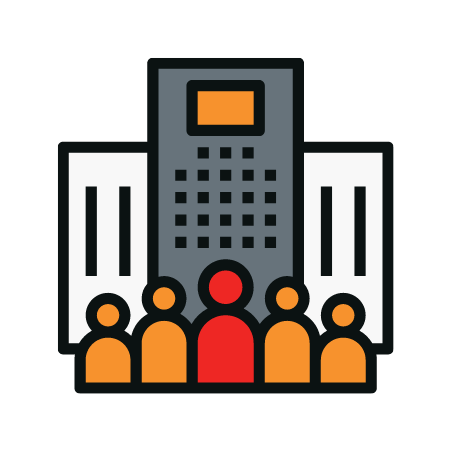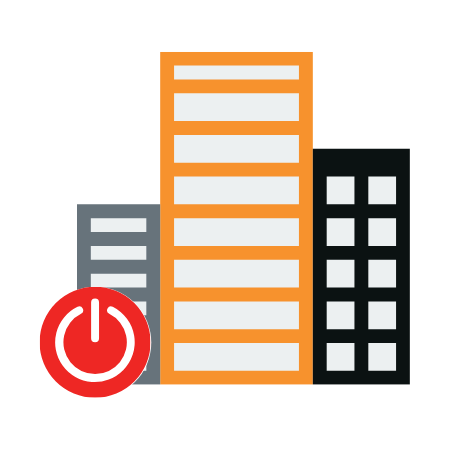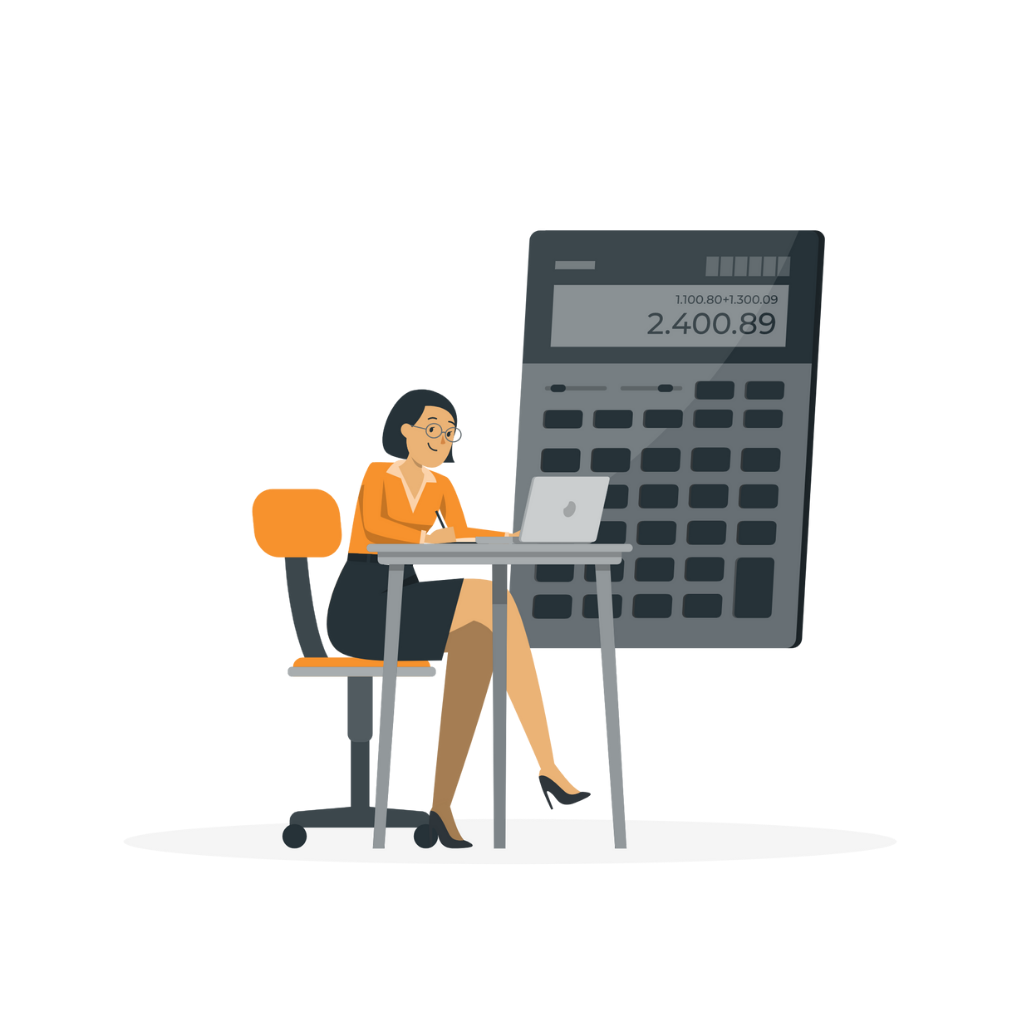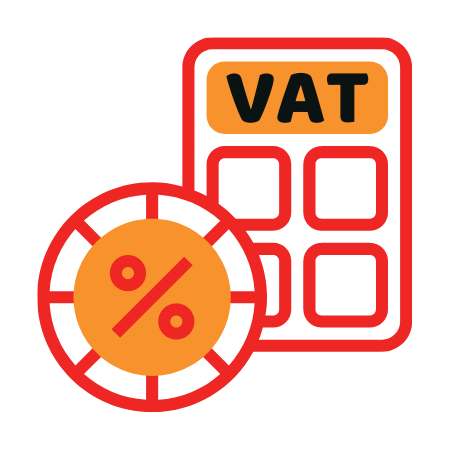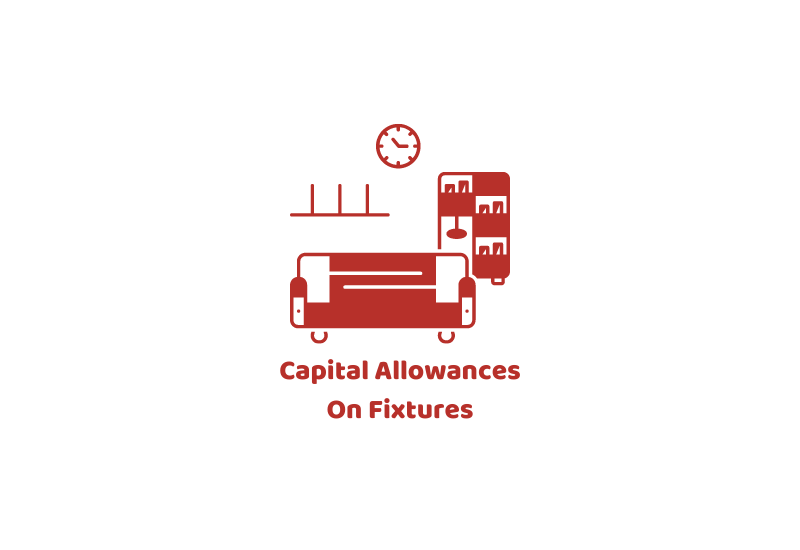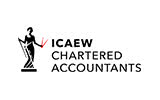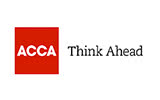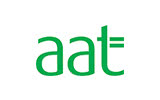There are several capital allowances claim firms, targeting businesses that have recently bought or sold commercial property. These ‘experts’ suggest the business needs to pay for a special survey to claim capital allowances on the fixtures. This must take place quickly to claim all the allowances due.
In most cases, a special survey is not a requirement. However, it is true that for commercial building sales made since 1 April 2012, vendor and purchaser must take formal steps (usually an election) to agree on the value of fixtures included in that building. This value must agree within two years of the transfer of ownership. The two parties can go to the tax tribunal where the judge will make a decision.
The agreed cost for furnishings is delivered into the capital allowance pool because the disposal cost for the seller and is introduced to the capital allowance pool for the purchaser.
There is another change for transfers of commercial buildings from April 2014. The value of fixtures and fittings need to claim as part of a capital allowances pool by the vendor in an accounting period before the sale of the building. If the vendor does not make this claim. The purchaser cant claim any capital allowances for the fixtures it acquires.
Accotax can help you make the necessary elections and claims for capital allowances.












